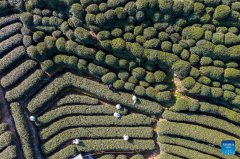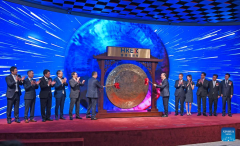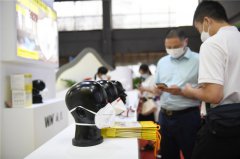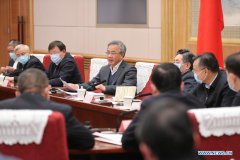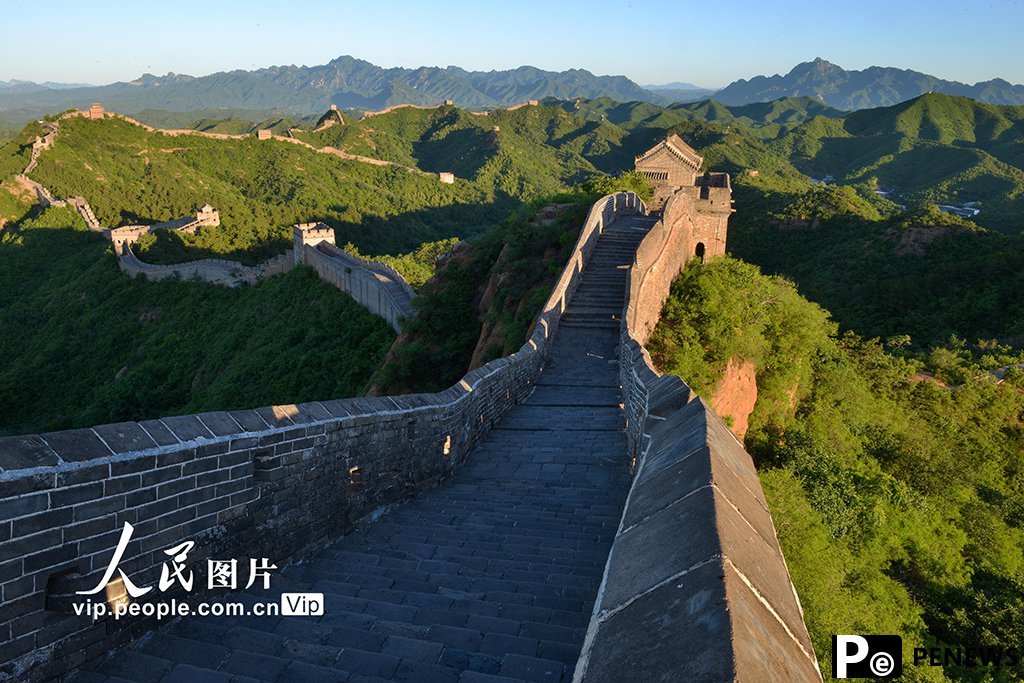Home>>
Liuzhou tops water quality list for 5th yearBy Li Shangyi, Shi Ruipeng (China Daily) 10:06, June 09, 2025
Editor's note: As protection of the planet's flora, fauna and resources becomes increasingly important, China Daily is publishing a series of stories to illustrate the country's commitment to safeguarding the natural world.
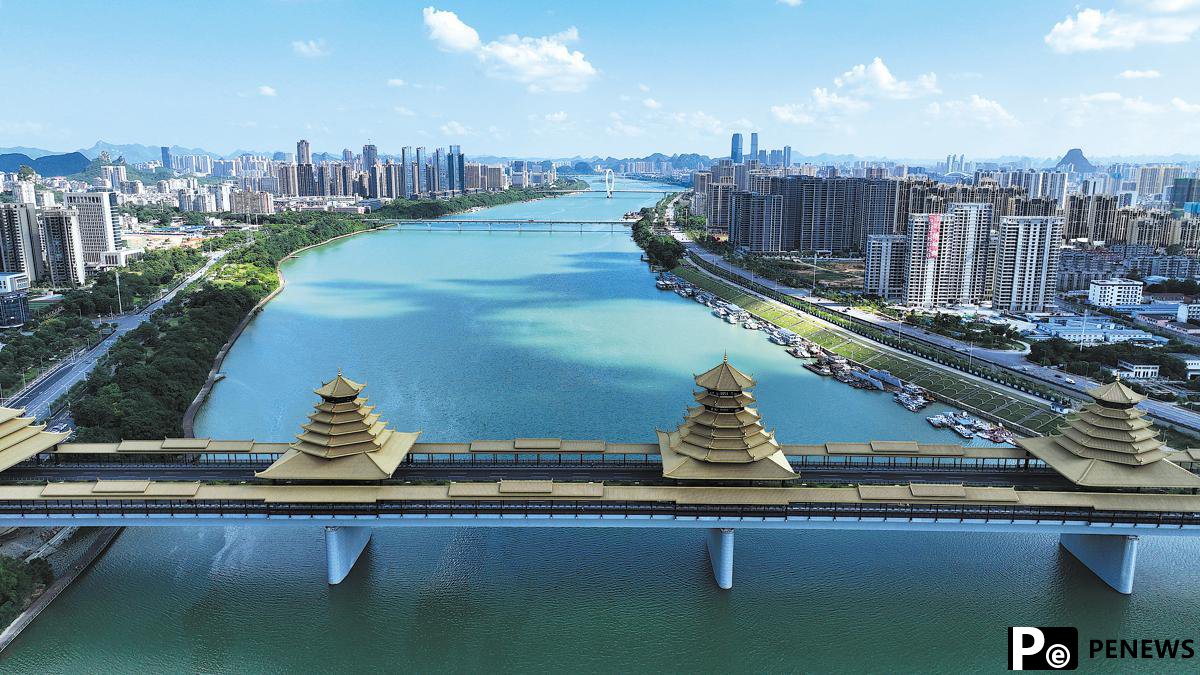
The Liujiang River meanders through Liuzhou, a major city in the Guangxi Zhuang autonomous region. (Meng Mingming/China News Service)
Liuzhou in South China's Guangxi Zhuang autonomous region has topped the national list for having the best water quality for the fifth year running, a milestone for a city that was once plagued by acid rain and polluted waterways.
Released earlier this year, the water quality assessment for 2024 ranked Liuzhou's waters as Class I and II in places, meaning that they were suitable as the habitats of rare aquatic species, spawning grounds for fish and shrimp, feeding grounds for juvenile fish, and even as sources for drinking water.
The picture wasn't always so rosy for Liuzhou, however, with the city for many years being a key regional industrial base, benefiting from economic development but suffering from dire pollution.
With over 3,000 enterprises in steel, auto manufacturing and machinery, industrial runoff would often end up in the city's waters.
Two decades back, faced with deteriorating water quality and environmental devastation, the Liuzhou government made the decision to redirect the development path of its traditional industrial base.
"Liuzhou was an industrial city, and there were numerous industrial wastewater outlets along the Liujiang River, which left the water very polluted," said Tang Jianhua, a 70-year-old who now regularly swims in the Liujiang.
"The water quality improved about 10 years ago, and I've been diving in the river for the past 13 years," he added.
Liuzhou has ranked first among cities above the prefecture level in surface water assessment across the country since 2020.
Wei Songning, deputy director of the water ecological environment division of the Liuzhou ecology and environment bureau, said the pollutants primarily came from industrial and domestic wastewater, and that all sources of wastewater along the riverbanks have been eliminated.
The Liujiang River, the largest river in the city of 4 million people, winds through densely populated residential areas. Some two decades ago, Liuzhou discharged its household wastewater directly into the river without treatment.
To control the discharge of contaminated water into the river, the local government has intercepted all the sewage pipes along its banks. As of last year, all domestic wastewater outlets along the river were eliminated, according to Zhou Wenyu, director of the urban utility management division of the city's housing and urban-rural development bureau.
The river's largest tributary, Zhu'e Creek, was also once a source of pollution into the Liujiang River.
"Many houses were built along the tributary and directly discharged domestic wastewater into the river, making the water filthy and smelly," Zhou said. "From 2005, we spent about 10 years working with the wastewater management company to bring this pollution source under control."
Measures included intercepting sewage pipes and diverting wastewater to treatment plants on the riverbanks, according to Zhou.
Liuzhou's main urban area now has approximately 2,200 kilometers of underground drainage pipelines, covering major residential communities and commercial districts.
"All domestic water is collected through these pipelines and directed to our wastewater treatment plants," Zhou said. He stressed that the Liujiang River's only water input is natural rainwater.
Two decades ago, the city's daily wastewater treatment capacity stood at just 100,000 cubic meters. From 2005 to 2018, with the help of $250 million in financial support from the World Bank, several wastewater treatment plants were constructed, and a comprehensive wastewater management network was gradually developed. As a result, Liuzhou's wastewater treatment rate increased from 15 to 75 percent.
Last year, Liuzhou's wastewater treatment plants had a daily treatment capacity of 914,000 cubic meters and processed a total of 283 million cubic meters. The treatment rate was 99.05 percent, and the centralized treatment rate was 92.01 percent, the city government said.
According to the government's work plan for urban domestic sewage, by the end of this year, the daily domestic wastewater treatment capacity will reach over 940,000 cubic meters in Liuzhou, and the centralized wastewater collection rate will increase to over 95 percent.
To maintain water quality, Liuzhou has also established a comprehensive monitoring network, including a central control center, 10 automatic surface water quality monitoring stations, 10 automatic micro-monitoring points, and a specialized emergency response vehicle for water quality incidents. The city has also introduced the region's first intelligent management system for enterprise wastewater discharge and an online monitoring system for enterprise pollution sources.
Once lined with factories, the Liujiang River is now lined by lush trees and greenery along its banks.
